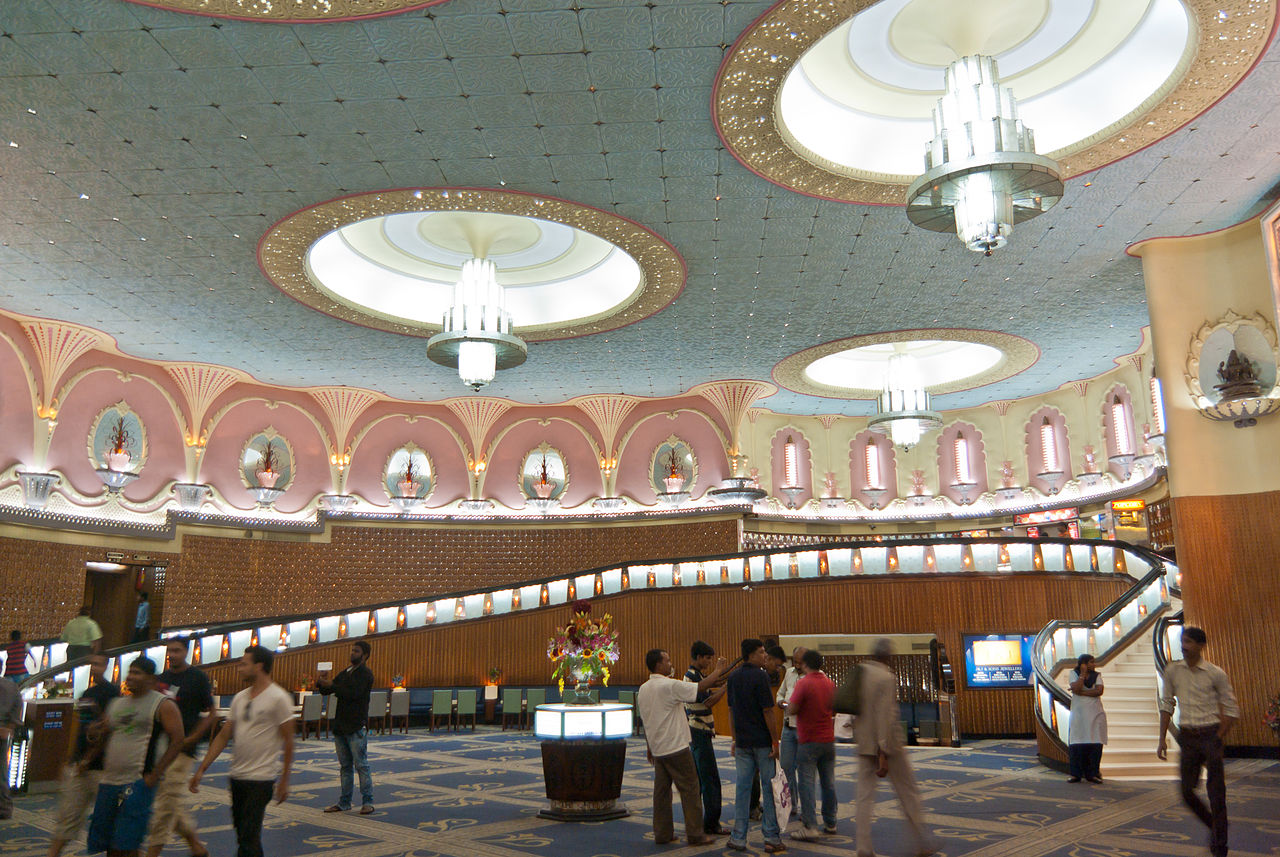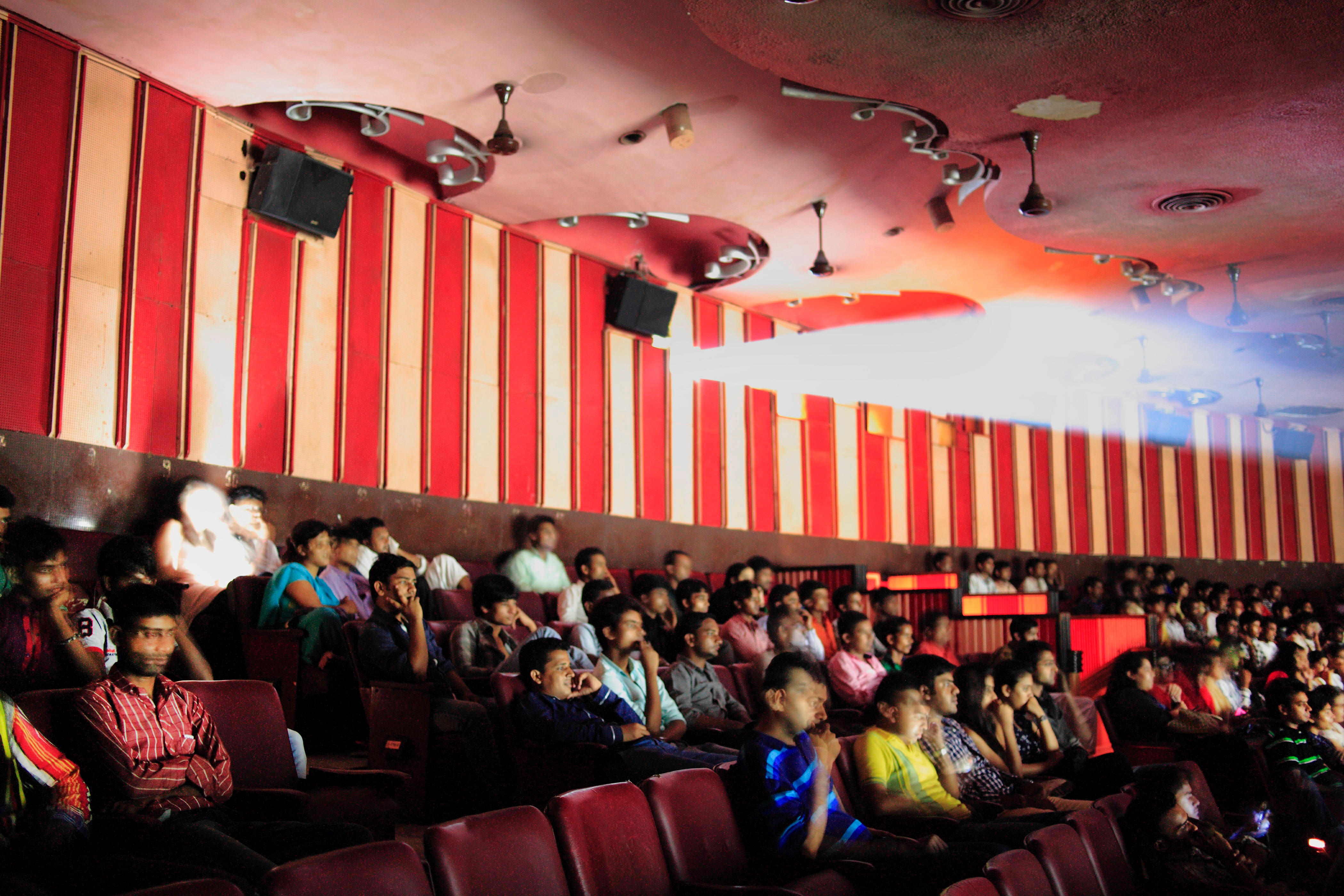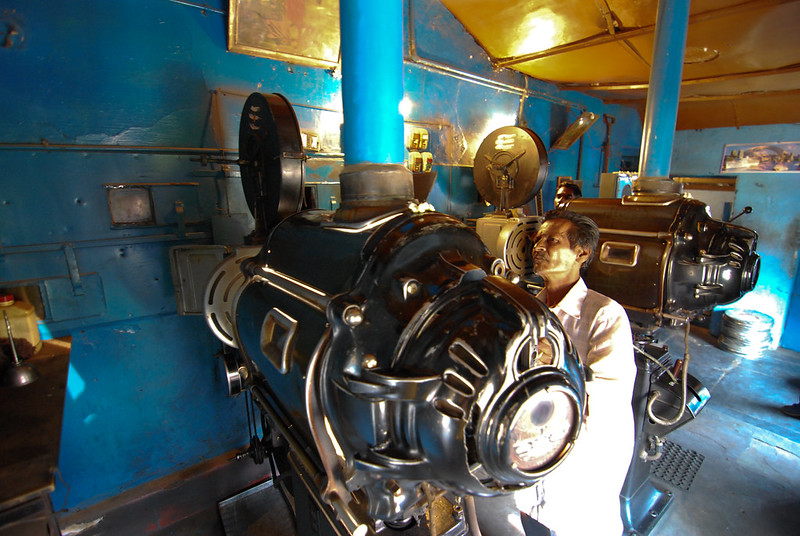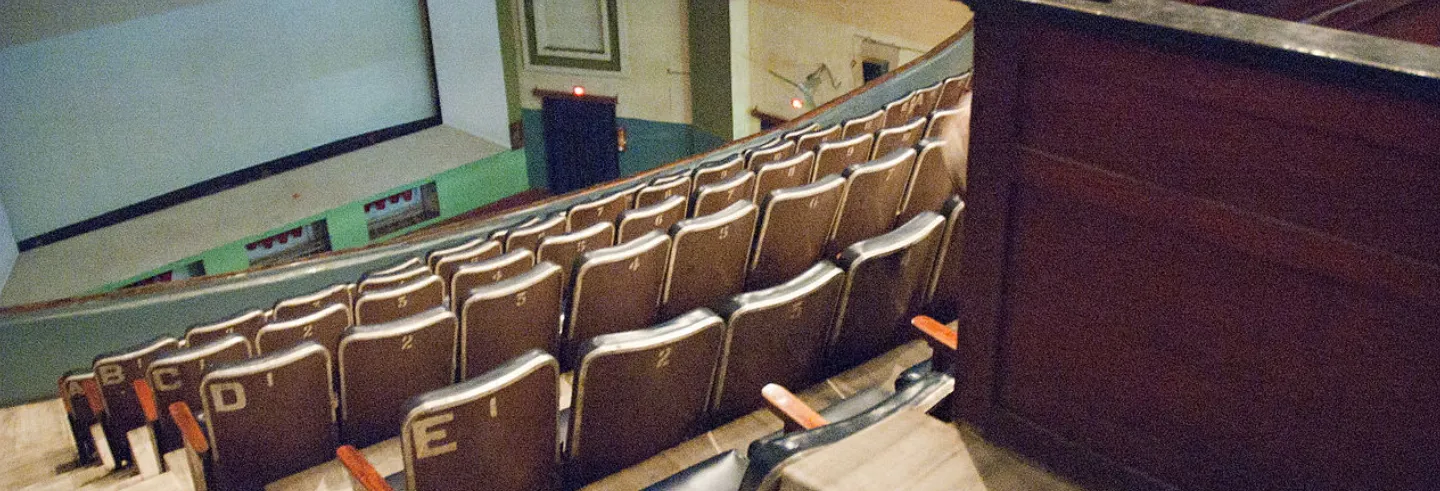On Independence Day, 1947, most Indians would have come to know of Nehru’s Tryst with Destiny speech through that morning’s newspaper. Less than a year later, they would have heard of Gandhi’s assassination through the radio. Seventy-five years later, ‘breaking news’ is more likely to be accessed through the scores of television channels, or through instant forwards on WhatsApp.
The sights, sounds, practices, experiences, and aspirations defining Indian society have transformed over the last 75 years. Some of the facets of life in the early years of the nation hold on in some form, others are fast disappearing. The train journey no longer holds the romance it did half a century ago. Bicycles have been replaced by motorbikes and cars as objects of desire. The landline telephone – perhaps the very same obtained after years of waiting – gathers dust in homes.
These changes signal broader societal reorientations as India grows richer but more unequal, as its global aspirations try to paper over domestic fault lines, and as tensions between state interest and individual rights come to a head.
The India Forum looks back at 75 years of India’s freedom to see how familiar objects, places and practices from our everyday life have changed over time. This series will trace some of those narratives. The first in this series is on the journey of cinema halls.
Cinema in India has been a vehicle for a lot more than entertainment. It has nudged social reform, induced amity and patriotism, and, at times provoked differences and assisted in the creation of new identities. At least three well-known actors have gone onto serve long stints as chief ministers.
History of the Cinema Hall
While the kind of cinema offered to movie goers has changed from 1947 to 2022, where people experience cinema has also changed dramatically.
Outdoor tents and open-air travelling cinemas, which set up shop like temporary pop-ups in towns and villages, were common until the 1970s. I personally know of at least two flourishing ‘touring talkies’ (mobile cinema theatres which took reels and movies physically to towns and villages): the aptly named ‘Mahatma’ Touring Talkies and ‘Jawahar’ Touring Talkies in the old Mysore state in the late 1940s and early 1950s. All the way from those times to the mall-linked-multiplexes and the personalised offer of Netflix, MX Player or Zee5, the journey has been pure theatre.

A very important aspect of the moving (and later talking) image was where it was exhibited. The cinema hall that first drew viewers to the medium was itself a revolutionary affair. In a highly stratified society careful about who one eats, meets, and shares physical space with, the cinema hall was a space where everyone gathered and watched a spectacle unfold. The very term, ‘silver screen’, now meaning the cinema industry, owes its origins to the cinema hall. The magnetic draw of the silver lenticular screen that would show the film was made “from either woven silk and other fabrics or sheets coated with silver dust, and used with the earliest projectors.”
In 1955, Prime Minister Jawahar Lal Nehru addressed a seminar of leading film artistes in Delhi under the auspices of the Sangeet Natak Akadami and described films as a “tremendous thing”, with an influence in India, “greater than the influence of newspapers and books all combined”, though he did add jocularly that he was not sure of “the quality of the influence.” The keen interest that India’s first prime minister took in forging ideas of a people coming together and sharing as much as possible led to the Films Division, shortly after its formation in 1948, deciding to put out its ‘newsreel’, a version of the present-day 9 pm bulletin on TV. Cinema halls would be where moviegoers would be shown this news of the week.
Cinema Halls broke social barriers
The bringing together of several classes of people in the darkened halls, though seated separately in the cheap seats and the balcony, enabled many dreams to take shape. The shared experience that the cinema hall provided its audience legitimised a public expression of emotions and feelings, both tears and laughter. This was a break in norms in a society that did not make space for public expression of individual emotions. Cinema halls also made caste and religious distinctions irrelevant, at least during the viewing of the film. Large halls also meant that film makers thought of ideas that could appeal to groups of people, deliberately introducing twists and characters to not appear partisan.
The idea of an interval during the screening for a smoking break and snacks was unique to India and cinema halls seemed designed for it. The song as not just background score in a film but a crucial part of the story was an innovation of the Indian film.

Theatres where hundreds of people gathered led to cinema stars and the entire business being seen as larger than life. The shared worship of these larger-than-life film actors made cinema-going an experience that bound Indians together.
A Mittal’s Cinema Industry in India: Pricing and Taxation (1995) points out that from the 1950s to 1984-1985, the number of cinema theatres grew 3,348 to 12,248, witnessing a sharp spurt in the 1980s. While the number of cinema seats per thousand available to Indians remained small and was far lower than in developed countries, the “annual attendance per inhabitant was the highest amongst developed countries, after the USSR.”
But a shock to cinema halls in India was delivered early in the 1990s with TV soap operas taking off, first on state-run Doordarshan and then on private satellite TV. It suddenly seemed as if “going to the movies” was a thing of the past.
Multiplex: The Cinema Hall returns
The hold of cinema on India’s psyche was, however, deep. The multiplex as part of the mall enabled the cinema hall to make a comeback in a different avatar. The multiplex is the norm now and in the smallest of towns too, the single-screen theatre is in a dilapidated state. From 925 screens in 2009, multiplex screens grew to 3,200 by 2019 across India. It has been a natural outcome of the way market economics has (literally) driven the cinema business. If the large cinema halls made irrelevant caste, religion and other forms of stratification, multiplexes in malls have ensured that class has returned as a fault-line to film going.

With ticket prices turning exorbitant, it appears from the content of films that they are now made for those who can afford to watch them in the multiplexes. The absence of large cinema halls in towns could also be why story tellers think they no longer need to think of a large and diverse social canvas—a ‘mass’ audience—when writing their scripts. Their films are not meant to attract and appeal to all Indians. Instead, it is possible to make high-profile films catering to narrower segments of society. With multiplexes, it is also possible though to make smaller films on smaller budgets forr niche audiences.
The segregation of filmgoers is now complete, with high-end multiplexes at the one end and low-quality single theatres at the other.

There is another curious phenomenon emerging: the halls and screen sizes in multiplexes have shrunk but the size of TV sets in homes has become gigantic. Simultaneously, the rise in streaming has meant that the mobile device can be used for watching films. Size does matter and streaming has challenged cinema more than the TV soap operas of the 1990s. The soap opera was watched openly and as a family unit, but streaming offers a distinctly personalised experience. Even if millions watched KGF, RRR or Darlings, they saw them separately and experienced them differently. They may have even seen different ads projected on their individual screens, depending on how the device had been tracking the viewer's usage.
Cinema Halls as commercial barometers
The dependence of the movie industry on cinema halls was, however, underscored during the pandemic. Media analyst, Vanita Kohli-Khandekar writes in The Indian Media Business: Pandemic and After, “theatres, the first to shut down and the last to reopen, took the biggest hit. Ticket sales slumped to 400 million, almost one-fourth of the figure in 2019. Hundreds of thousands of daily wagers, who form part of the industry’s 700,000-strong work-force, lost their jobs. According to the FICCI–EY report [on the media], between 1,000 and 1,500 single screens have shut down.” No recovery is possible till cinema halls recover. They bring in a whopping “60% of Rs 191 billion that Indian films earned in 2019.” This is because “a film’s reception in theatres impacts the price of every other revenue stream—TV, OTT and overseas. For example, in 2019, TV broadcasters paid Rs 22 billion for film rights, bringing in 12% of the film industry’s revenues. This money resulted in estimated ad revenues of Rs 77 billion for broadcast networks.” Essentially, the barometer of how big a film is, is still its reception in the cinema hall.
So big or small, the health of cinema halls remains the soul of the cinema business. 2022 is certainly not ‘The End.’
Seema Chishti is a journalist based in New Delhi, who has worked for the 'Indian Express' and the BBC. She is the co-author of 'Note by Note: The India Story (1947-2017)'.










